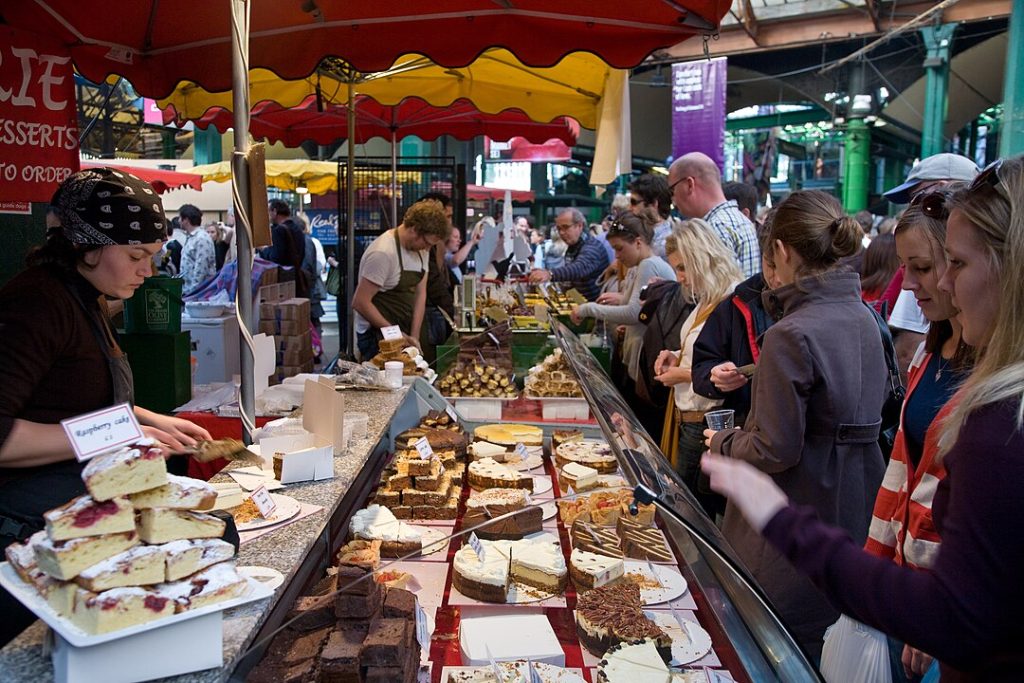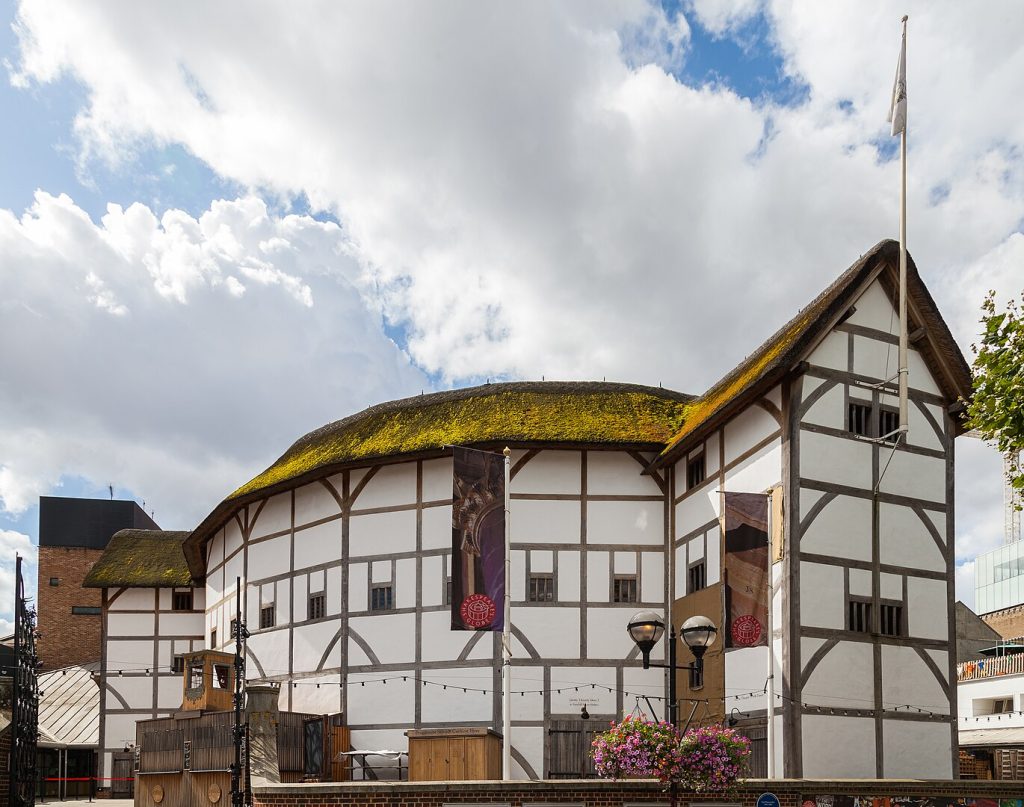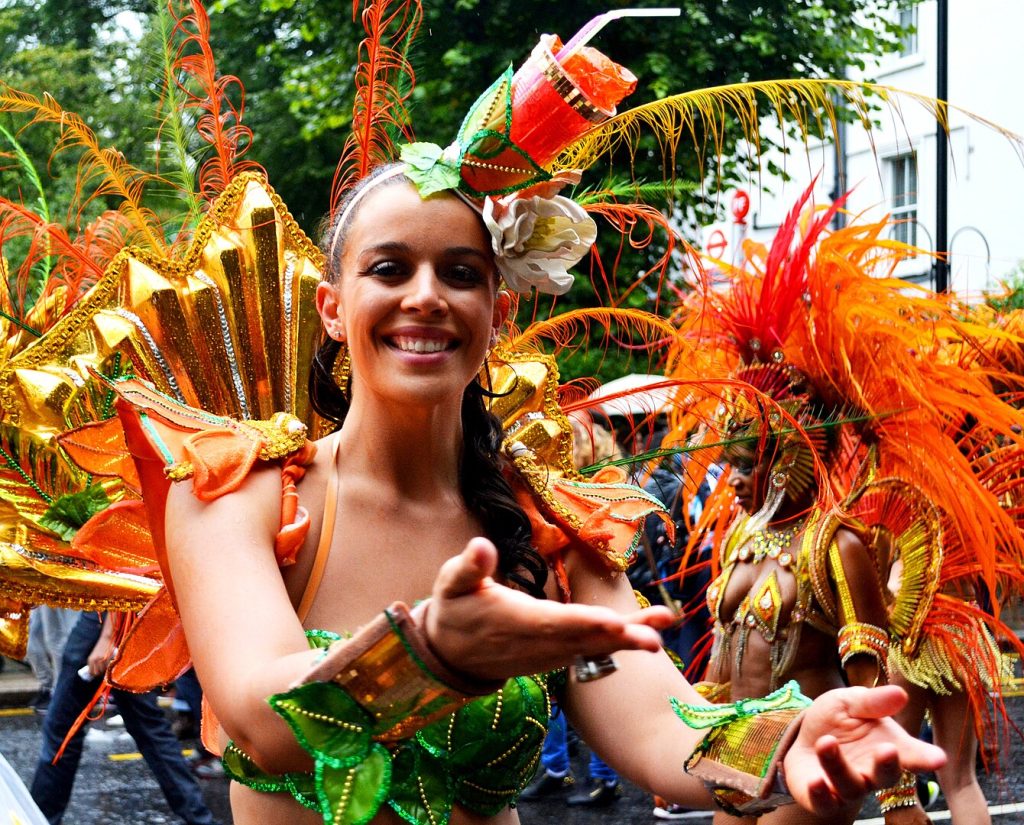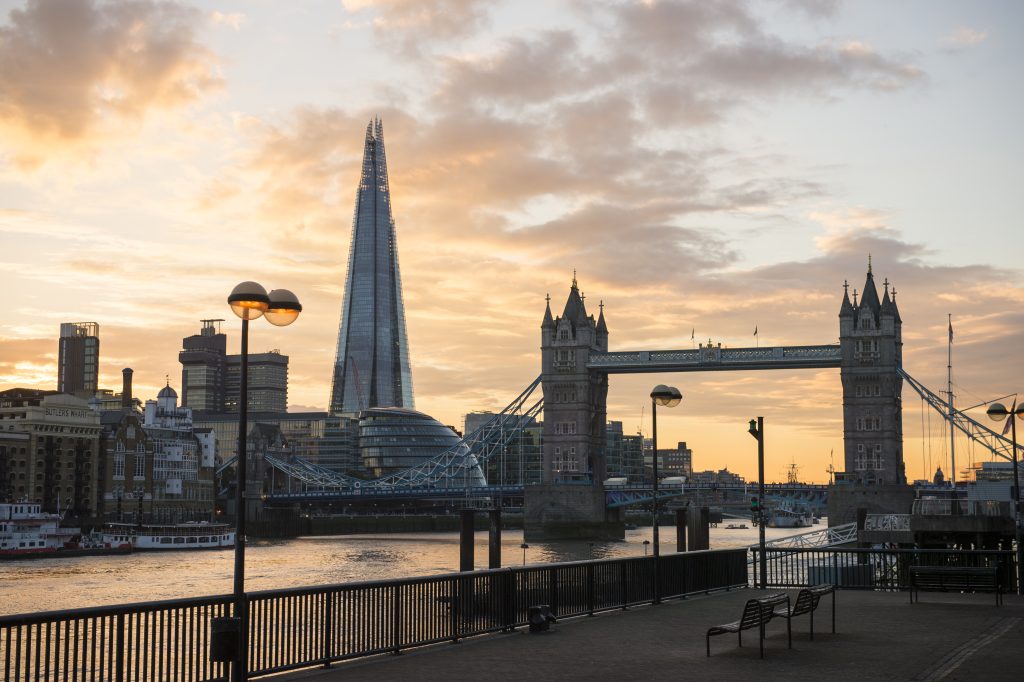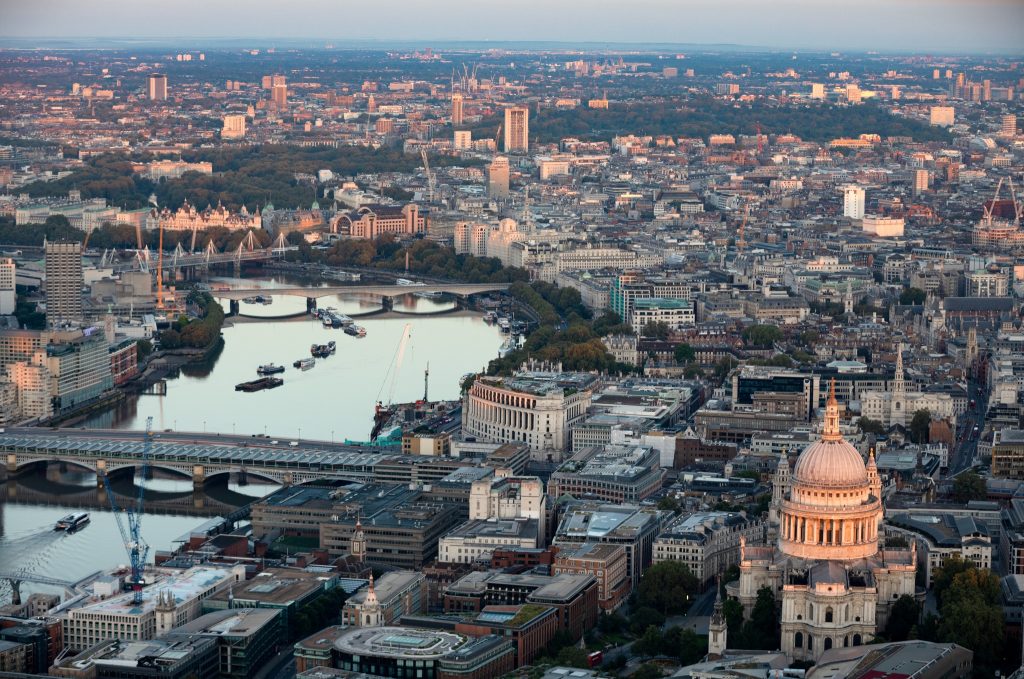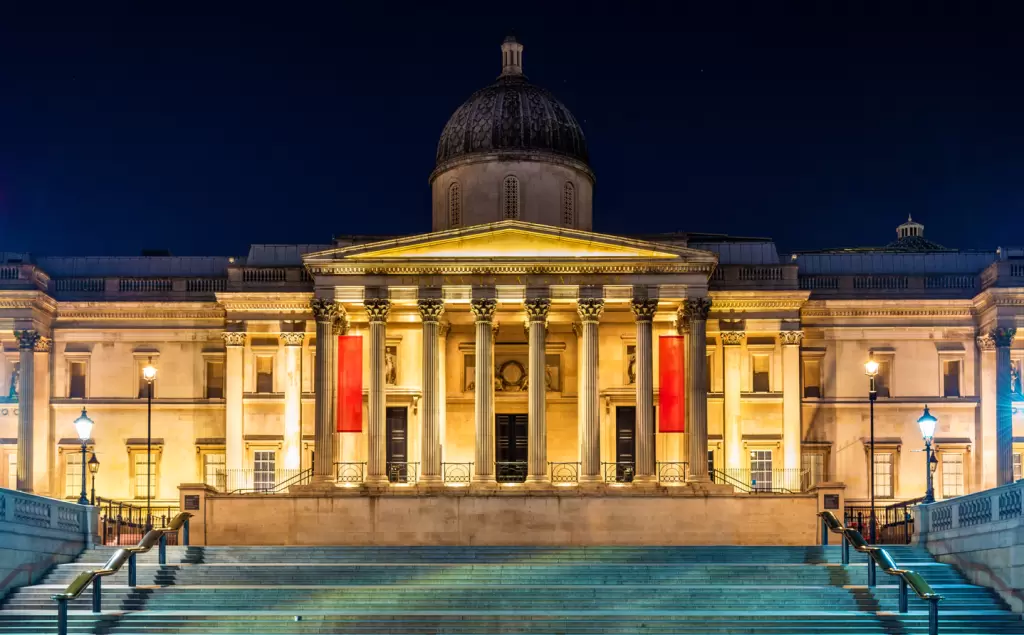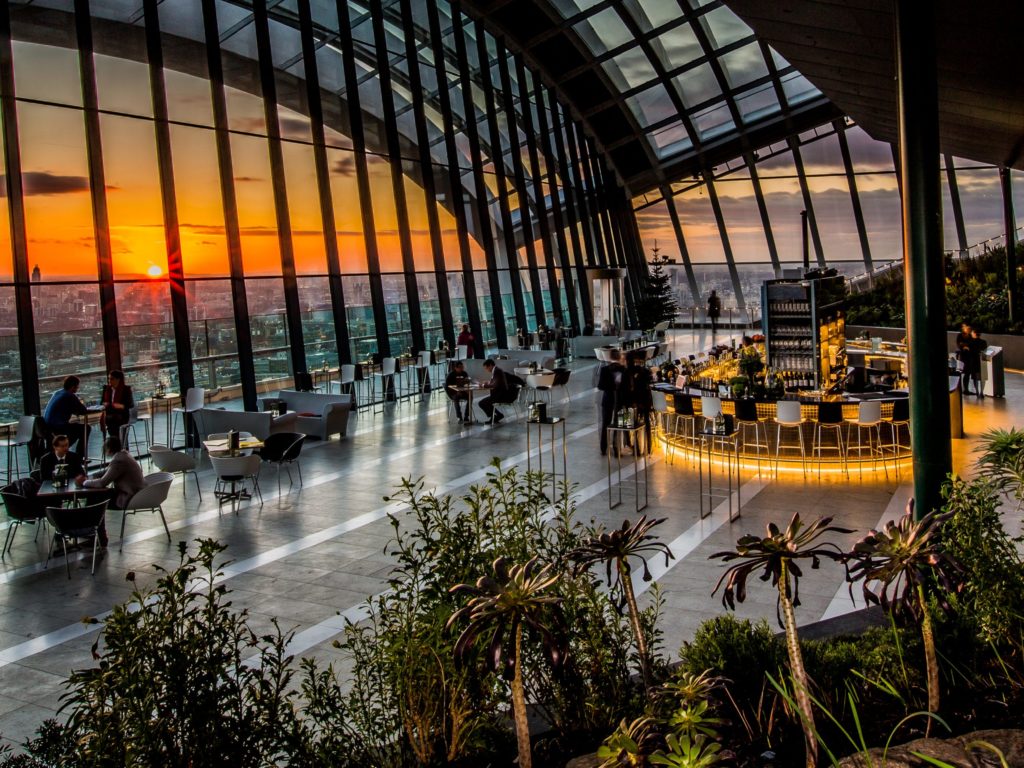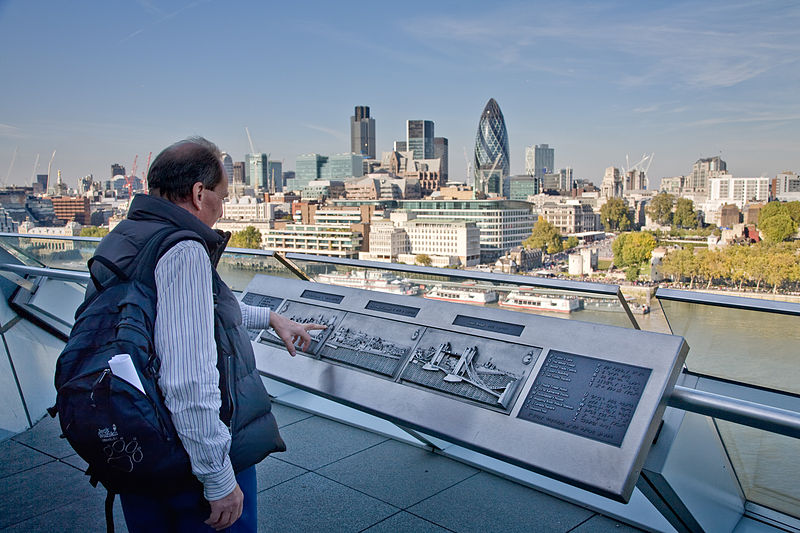- 1️⃣ Introduction - security in London
- 2️⃣ Westminster - the heart of London with the highest crime rate
- 3️⃣ Camden - popular nightlife and its dangers
- 4️⃣ Woolwich - a growing problem of youth crime and gangs
- 5️⃣ How to take care of security in London?
- 6️⃣ Summary - which places in London are the riskiest?
- 🔗 Articles similar in subject matter
- 🔥 Most popular articles in the last week
- 💬 Opinions
1️⃣ Introduction - security in London
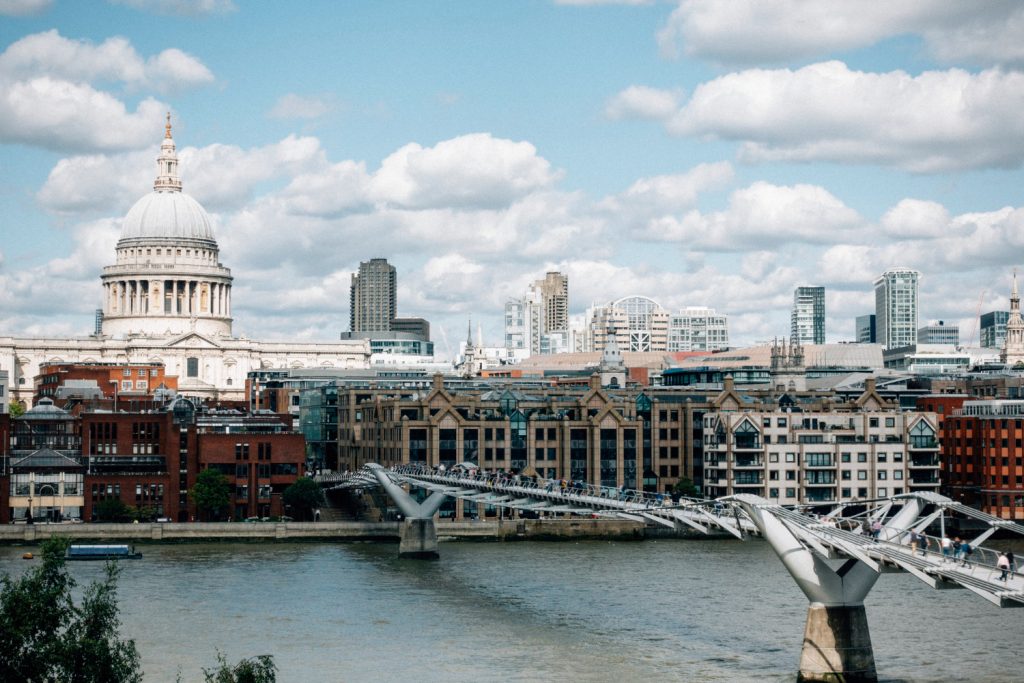
London is one of the world's most recognizable cities - a financial, cultural and tourist center with more than 20 million visitors a year. The British capital impresses with its diversity, but as with any large city, security can sometimes be problematic here. London's overall crime rate remains high, and some neighborhoods stand out with particularly disturbing statistics.
According to official figures from the London Metropolitan Police, the average crime rate in the city is about 90-100 crimes per 1,000 inhabitants per year. That's a lot, but there are places where this level is even several times higher. This is where the risk of theft, assault or knife crime becomes a daily occurrence.
In this article, we will look at three London neighborhoods that are considered the most dangerous: Westminster, Camden and Woolwich. Each has its own characteristics, from crowds of tourists in the center, to nightlife in Camden, to gang problems in southeast London. This compilation is not meant to deter a visit to the capital, but to show a realistic picture of safety and what to watch out for.
2️⃣ Westminster - the heart of London with the highest crime rate
🏛️ In the heart of London
👉 Parliament Square - the famous square next to Big Ben
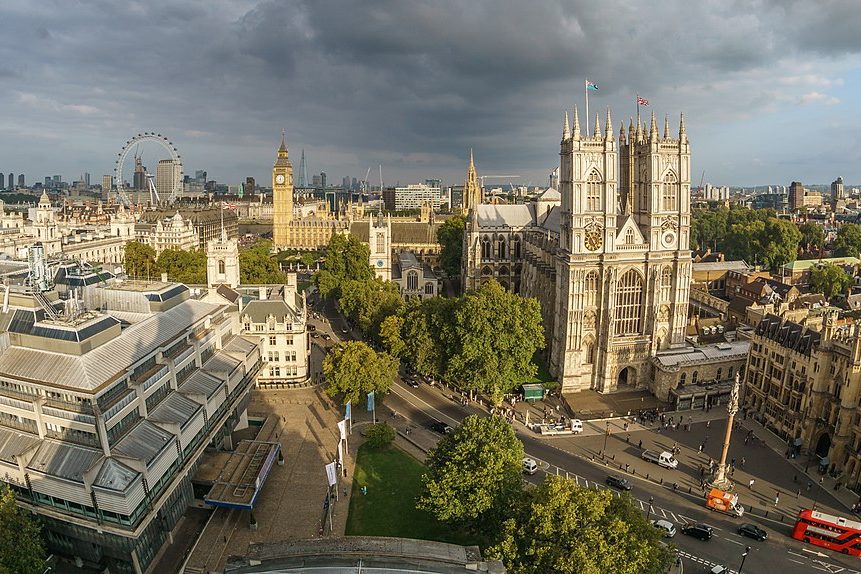
Westminster is a district that is primarily associated with London's iconic landmarks: Buckingham Palace, Big Ben, Westminster Abbey or the seat of the British Parliament. Hundreds of thousands of people pass through here every day - residents, office workers, politicians and countless tourists. It is this intense exchange that has made Westminster the place with the highest crime rate in all of London.
📊 Security statistics
- Crime rate: until 366.9 crimes per 1,000 residents, which is almost four times the London average.
- Total number of crimes: over 95,000 per year.
- Most common crimes: pickpocketing, burglary, violence against persons and knife crimes.
There is a reason Westminster is considered the most vulnerable neighborhood. Its central location and touristy nature mean that criminals have almost unlimited opportunities here. Pickpockets take advantage of the crowds around attractions, and assaults or disturbances are more common at night.
⚠️ An example from life
In 2022, a series of pickpocketing thefts around Buckingham Palace made headlines. The thieves acted in groups - one would distract a person, while another would instantly pull out a wallet or phone. Police recorded as many as dozens of such incidents a day in the area.
👁️ What to watch out for in Westminster?
First and foremost, for theft - especially in crowded areas such as Oxford Street, the Piccadilly Circus area and central subway stations. It's worth being aware that this is also the part of London that records one of the highest numbers of knife crimes, making caution after dark especially advisable here.
3️⃣ Camden - popular nightlife and its dangers
🏨 Where to sleep in London?
👉 Cheap and safe neighborhoods for tourists
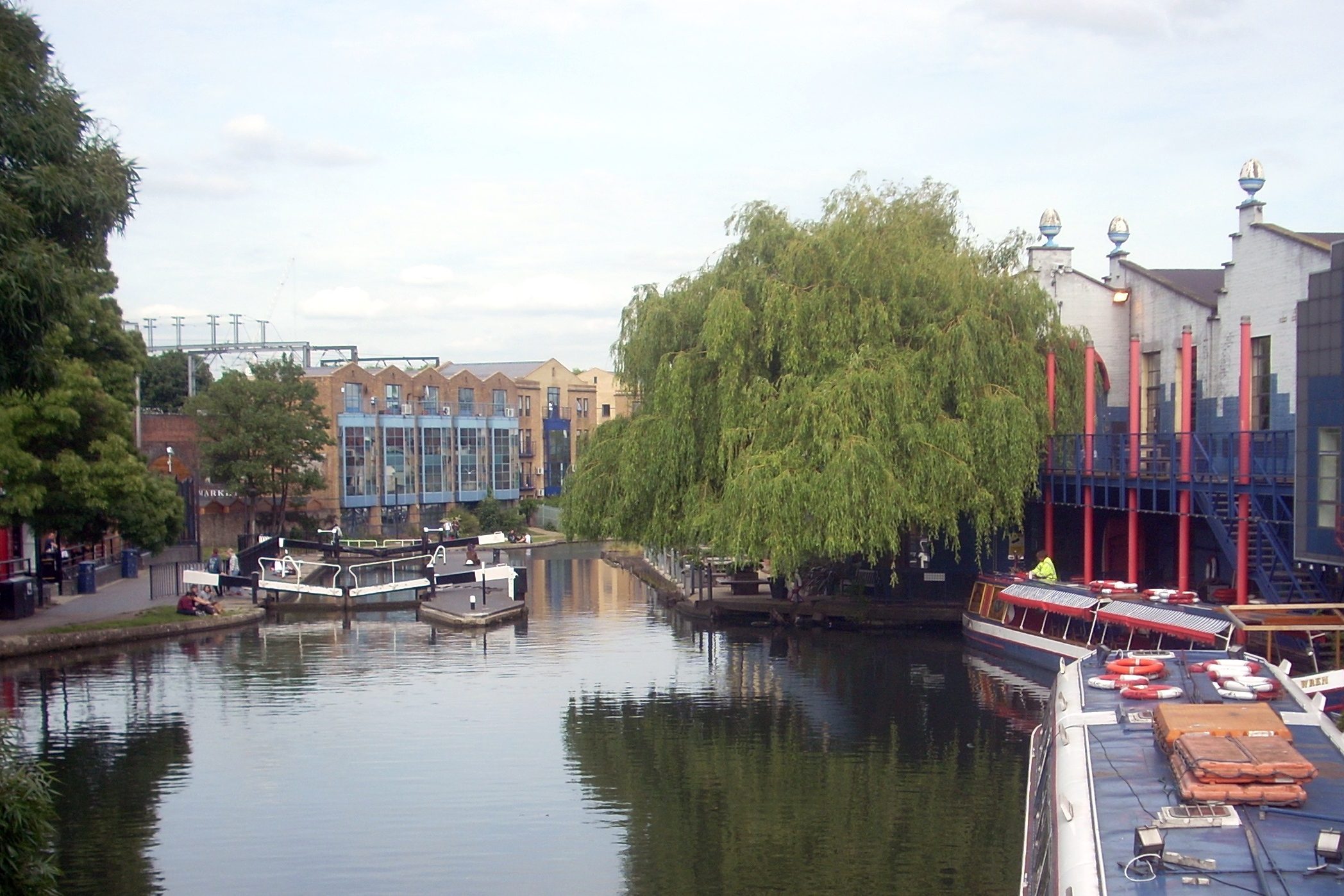
Camden is a neighborhood that is regarded as one of the most colorful parts of London. The bustling markets, the famous Camden Market, countless pubs, clubs and concerts make the place attract crowds of both tourists and residents of the capital. However, this popularity has a flip side - Camden has been high on the crime statistics for years.
📊 Security statistics
- Crime rate: 186.4 crimes per 1,000 residents.
- Total number of crimes: over 46,000 per year.
- Most common crimes: thefts, assaults, knife violence.
Camden is famous for its nightlife - and this is when crime reaches its highest levels. Streets filled with partying people become ideal targets for pickpockets or muggers. Knife crime is a particular problem, which has affected London's youth in recent years.
⚠️ An example from life
A high-profile incident occurred at Camden Town subway station when a fight between groups of youths escalated into a knife attack. Several people were hospitalized, and the case resonated with the local media, drawing attention to the problem of violence in entertainment districts.
👁️ What to watch out for in Camden?
Most dangers await in the vicinity of the station Camden Town, where tourist traffic is heaviest, and along the canals, where young people gather in the evenings. It is advisable to exercise caution when using public transportation at night and avoid walking alone along side streets.
While Camden remains an extremely attractive part of London, for many its climate also has an element of risk that should not be underestimated.
4️⃣ Woolwich - a growing problem of youth crime and gangs
🕵️ London's hidden attractions
👉 Places off the beaten track
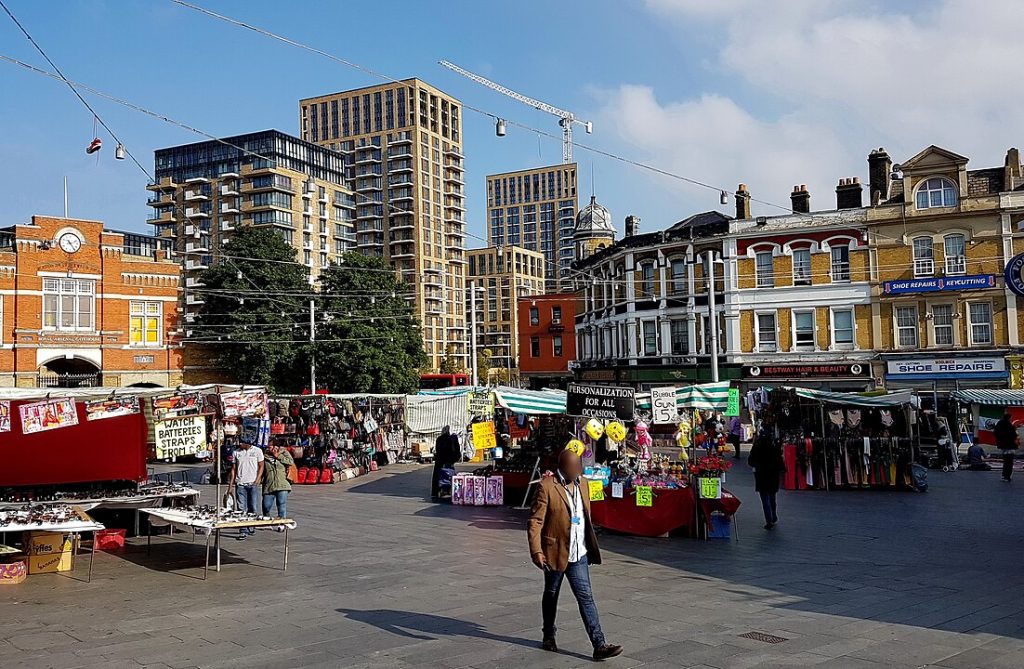
Woolwich, located in southeast London, was until a dozen years ago regarded as a quieter, working-class part of the city. Today, however, the neighborhood is increasingly hitting the front pages of local newspapers due to a rise in crime - particularly among youths and gangs. It is here that a particularly big problem is knife attacks, which have been one of the most serious challenges for the police in the UK for years.
📊 Security statistics
- Crime rate: about 195 crimes per 1,000 inhabitants.
- Total number of crimes: from 7,500 to 8,000 per year (according to local data).
- Most common crimes: physical violence, shoplifting, public disorder, and assaults with a knife.
While the absolute numbers are no match for central districts such as Westminster, it is the crime structure that makes Woolwich perceived as particularly dangerous. The high number of white-collar assaults and the presence of youth gangs mean that residents are more likely to feel real danger than in other parts of London.
⚠️ An example from life
In 2013, Woolwich took center stage around the world after a brutal attack on soldier Lee Rigby. He was murdered in the street by two extremists, which shocked the public and remains one of the most dramatic incidents in the history of the district.
👁️ What to watch out for in Woolwich?
The most risky areas are around the train and bus stations, where many incidents occur. Particular caution should be exercised by those returning late at night - statistics show that this is when most assaults are recorded.
Woolwich is a neighborhood of contrasts - on the one hand, dynamic development and new residential developments, on the other, real social problems that continue to challenge the city government.
5️⃣ How to take care of security in London?
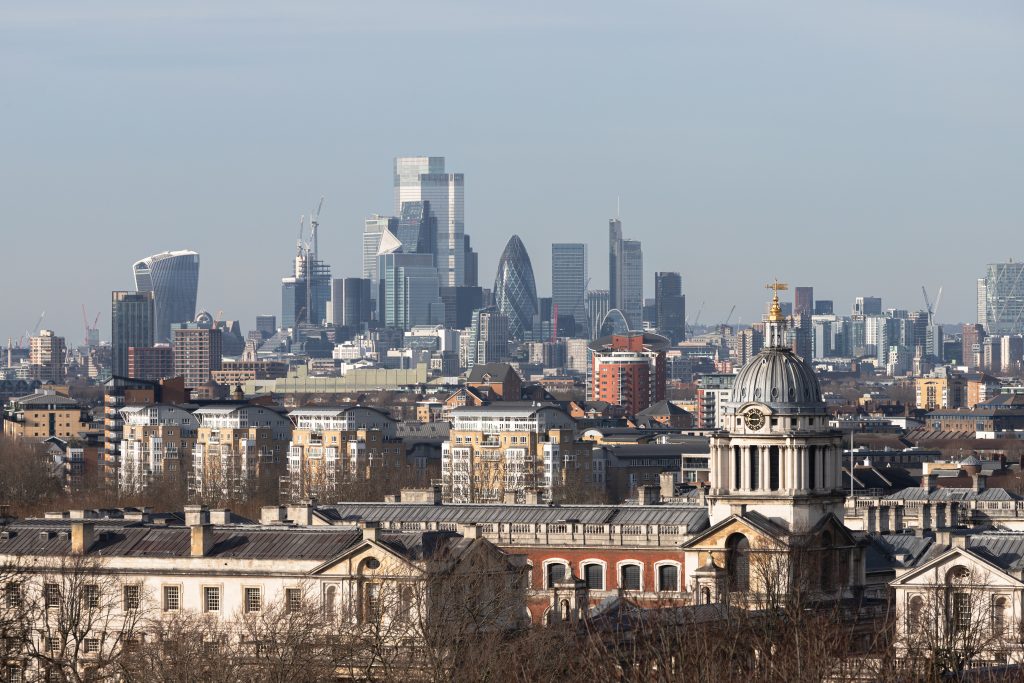
Although London is regarded as one of Europe's largest and most visited cities, it is worth remembering that in many ways it is safer than, for example, metropolises in the United States. Nonetheless, especially in neighborhoods such as Westminster, Camden and Woolwich, common sense and a few basic rules can realistically make your stay more comfortable.
🔒 Practical tips:
- Stay alert in the crowd - Pickpockets operate most often around tourist attractions and on public transportation. Keep your documents and phone in inside pockets.
- Avoid walking alone after dark - especially in less-lit parts of the city and neighborhoods with a higher risk of crime.
- Use only licensed cabs and apps - So-called "mini cabs" outside official applications can be risky.
- Be careful in pubs and clubs - Camden is famous for its nightlife, but it is where many incidents, including thefts and assaults, occur.
- Remain calm when accosted - Aggressive behavior, especially in Woolwich, is sometimes associated with youth gangs. Avoiding escalation is the best solution.
With these few rules, you can significantly reduce the risk of unpleasant situations and fully enjoy your stay in London.
🛡️ You're planning a trip To London? Be sure to see our A video with 12 proven safety tips!
You will learn how to avoid pickpockets, Where to stay alert and how to navigate the city without stress. The perfect guide for every tourist!
6️⃣ Summary - which places in London are the riskiest?
Analyzing the data, it is clear that security in London is not evenly distributed. The three neighborhoods described show different faces of crime in the British capital:
- Westminster - the absolute leader in statistics. More than 95,000 crimes per year and the highest rate per capita are mainly due to its central location and huge number of tourists. This is where theft and pickpocketing are most common, but also more serious incidents.
- Camden - The second highest number of offenses. Nightlife, clubs and bars make the place attractive, but also dangerous. Theft, violence and knife crime are the biggest threats.
- Woolwich - Although the absolute numbers are smaller, the crime structure is of particular concern. Knife assaults and youth gang activity are prevalent, affecting the subjective sense of danger among residents.
👉 If we look at the dry data, London's most dangerous borough remains Westminster - There, the scale of crime is unprecedented. However, for many people it is Woolwich appears to be the riskiest place due to the nature of the crimes committed. Camden, on the other hand, ranks in between - it's a dynamic neighborhood, but one with distinct nighttime safety issues.
When visiting London, it is a good idea to remember the basic precautions and be aware of the dangers in certain areas. This way you can avoid unpleasant situations and fully enjoy the charms of one of the most important cities in the world.
🚨 It's not a scene from a movie - it's a REAL EVENT! See how the thief stole within an hour 24 phones in central London.
📱 This video is important warning to tourists and residents. Find out how to protect yourself and where to be extra vigilant!
📍 If you are fascinated by the history of London - this video is for you! 🎥
🔐 "Tower of London - 10 facts that will change the way you see it". is a guide to one of the UK capital's most mysterious and iconic sites.

